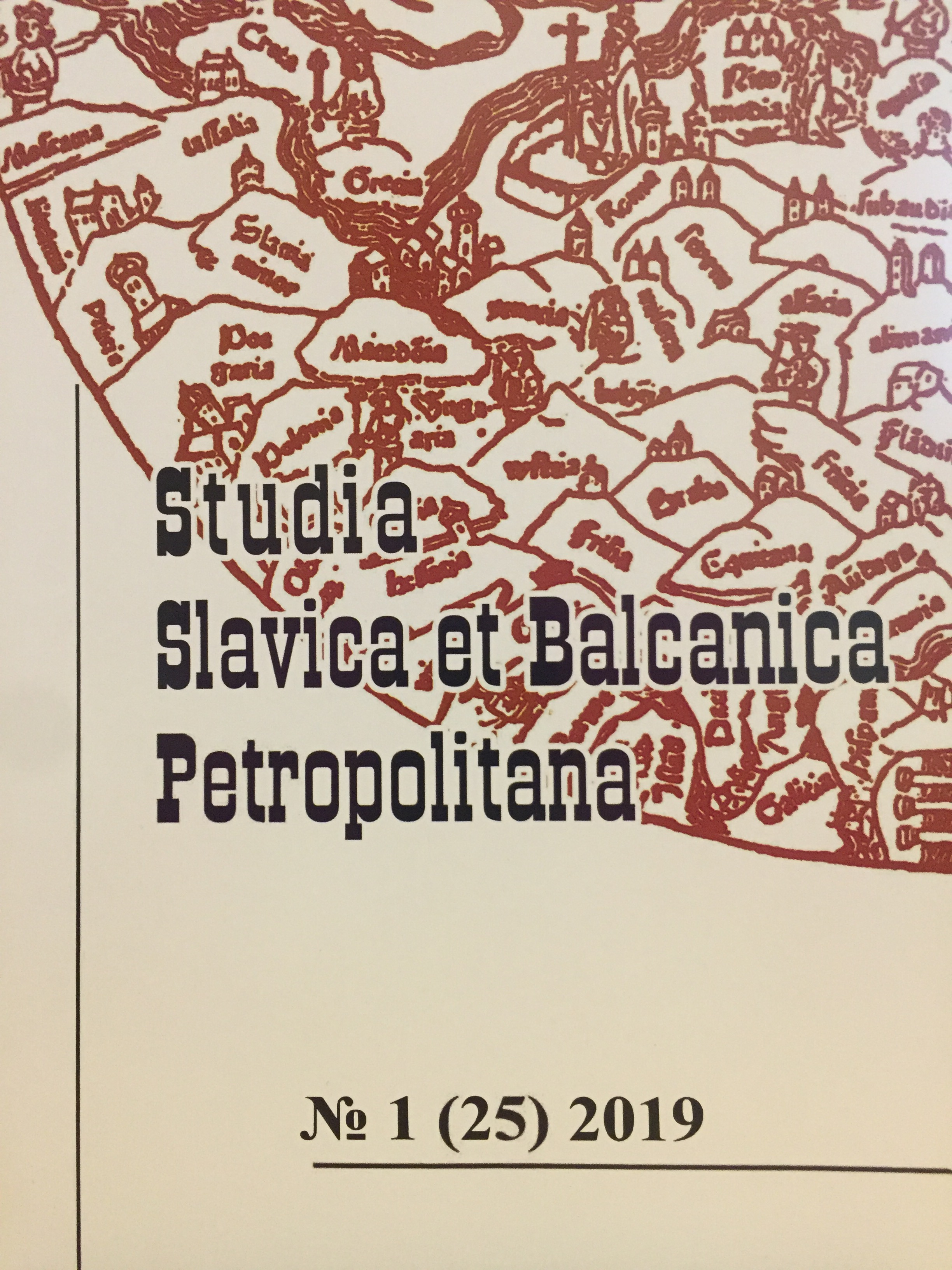The cost of Empire’ unity in Late Imperial Russia
The cost of Empire’ unity in Late Imperial Russia
Author(s): Boris N. MironovSubject(s): History, Ethnohistory, Political history, Social history, Recent History (1900 till today)
Published by: Издательство Исторического факультета СПбГУ
Keywords: the Russian empire; the cost of empire; the concept of hegemony; the concept of internal colonization; the concept of diffusionism; the factors of unity of the Empire; the policy regarding margins; ec
Summary/Abstract: The government constantly fretted over the “cost of empire”, which it understood as the expense of possessing any borderlands as part of the state. The Ministry of Finance calculated the cost as the difference between state outlays for the maintenance of its administration and armed forces, the construction of borders and towns, and the installation of railways, as well as other expenses from the treasury, on the one hand, and budget revenue from all taxes and income the treasury received, on the other.The problem of the cost of empire and the empire’s unity, however, is not confined to economic gains and losses. From the empire’s point of view, the issues that played a huge role were the empire’s security, its military, economic, and geopolitical power, messianism, cultural and religious predominance, the resolution of internal political problems, the legitimization of the emperor’s rule, the prestige of the supreme authority and the state, and other matters. For their part, the borderlands assessed the cost of empire and also took non-material factors into account: the degree of security, the extent of the center’s civilizing mission, the danger of assimilation and of the loss of ethnic identity, the desire for ethno-cultural autonomy, and others. Appraising the intangible factors is much more difficult and, above all, more problematic, because the perspectives of the center and the peripheral regions differ and it is often impossible to find consensus.The relationship between the сenter and the borderlands of the Russian empire was so varied, multifaceted, and dynamic that to express it through a single formula or scenario is impossible. The field of ethnopolitics offers three several such schemes to describe the nature of relations between the center and the periphery: the concept of hegemony, of internal colonization, and of diffusionism. Analysis of the center’s relations with the borderlands in the imperial period shows that at various times and in various regions all three scenarios have been realized, but most often the government followed the concepts of hegemony and diffusion. Occasionally, one encounters elements of colonialism in the early stages of the acquisition of the borderlands. Close administrative, legal, and economic integration on the basis of mutual advantages continuously lies at the center of the government’s attention. But the main purpose of the supreme authority and its government consisted of preserving the integrity of the empire. For this reason, they were prepared to make any sacrifices on the part of the Russians. In extreme cases, however, they required that other peoples of the empire also sacrifice their own interests for a t ime.
Journal: Петербургские славянские и балканские исследования
- Issue Year: 2019
- Issue No: 1 (25)
- Page Range: 155-182
- Page Count: 28
- Language: English

